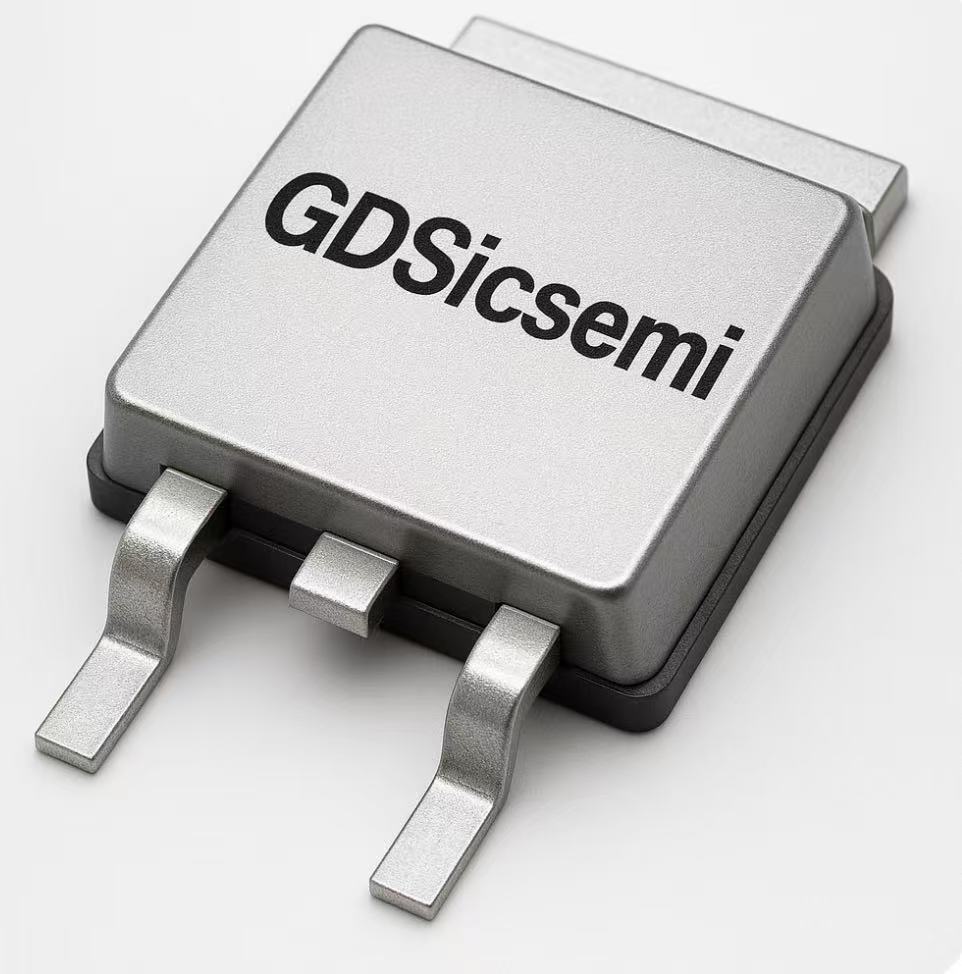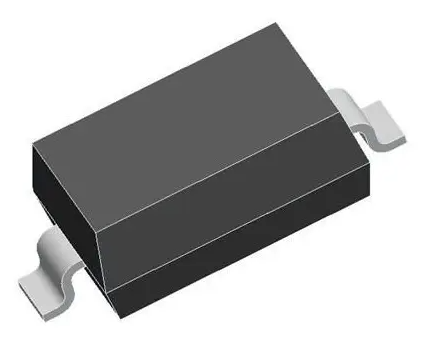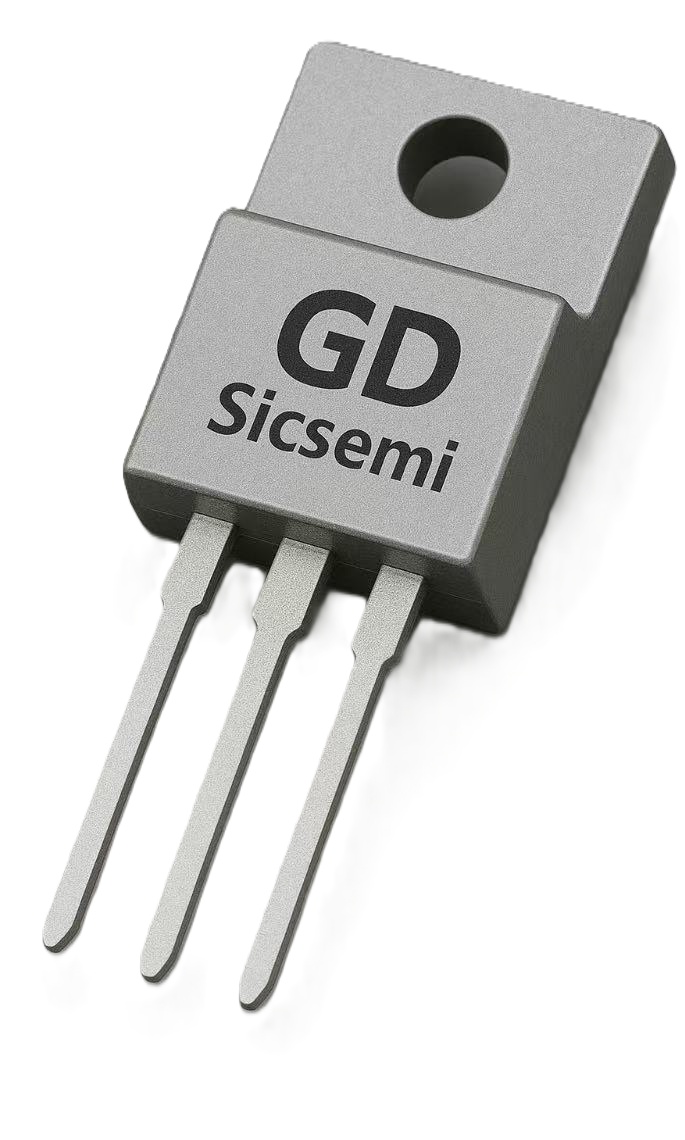Silicon carbide (SiC) diodes have low switching losses, high reverse withstand voltage, and thermal stability, and have been widely used. Here are the usage and testing methods for SiC diodes:
usage method:
Appropriate heat dissipation and packaging: SiC diodes have high thermal capacity and thermal conductivity, and require appropriate heat sinks and packaging to ensure that the temperature does not exceed specifications.
Control input voltage: The voltage level of SiC diodes is relatively high, and it is necessary to control the input voltage not to exceed the specifications to avoid breakdown.
Preventing static electricity: Due to the sensitivity of SiC diodes, measures need to be taken to prevent static electricity interference, such as grounding or using anti-static packaging.
Attention to ESD: The sensitivity of SiC diodes also implies the need for careful handling, especially when conducting electrostatic discharge (ESD) tests.
Testing method:
Static characteristic testing: including reverse leakage current, forward conduction voltage, reverse breakdown voltage, etc.
Dynamic characteristic testing: including switching time, switching capacitance, etc.
Temperature testing: Testing the performance of SiC diodes at different temperatures to examine their temperature characteristics.
Reliability testing: including reliability life testing, temperature cycling testing, etc.
Packaging testing: including packaging withstand voltage testing, packaging flame retardant testing, etc.
It should be noted that the use and testing of SiC diodes must follow the specifications and guidelines provided by the manufacturer. Appropriate instruments and methods should be used in testing, and exceeding the specification range should be avoided.



